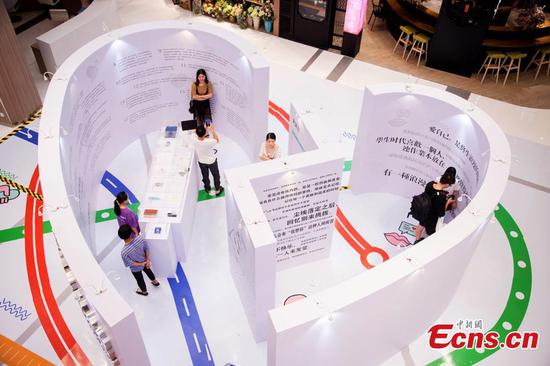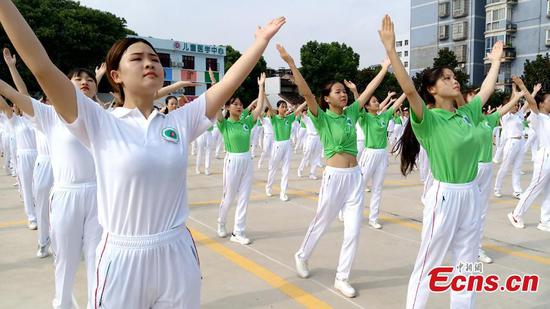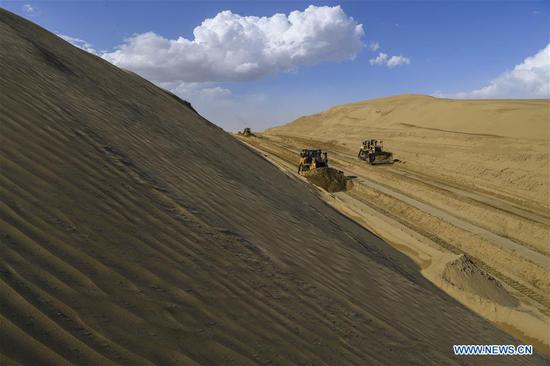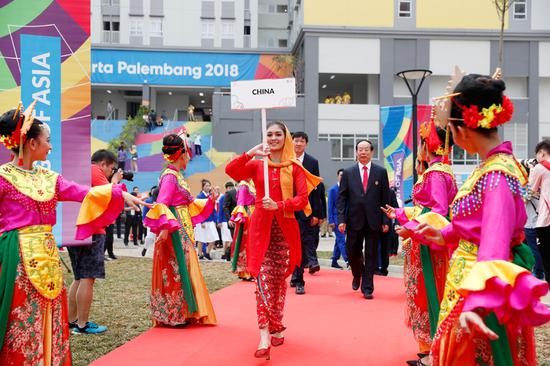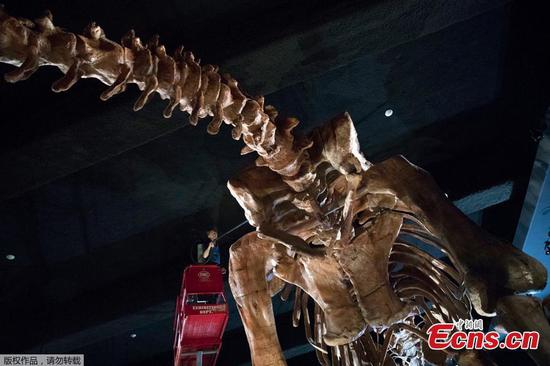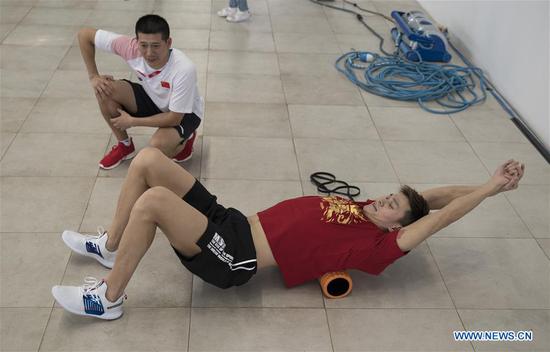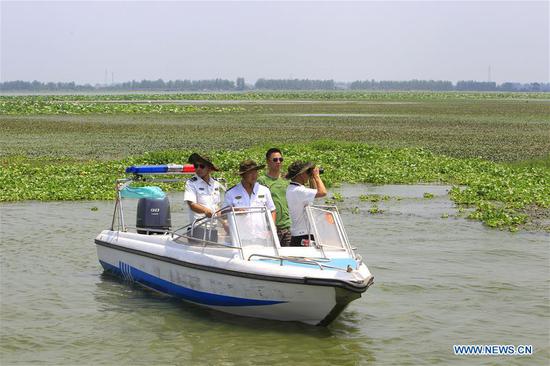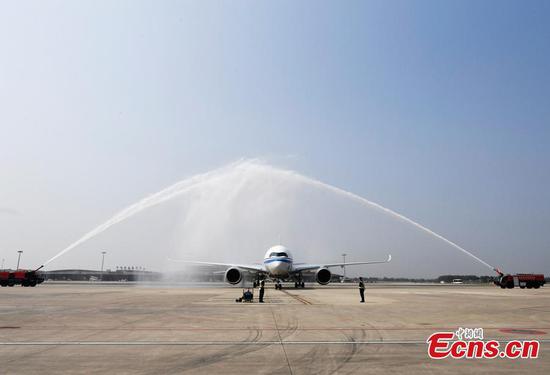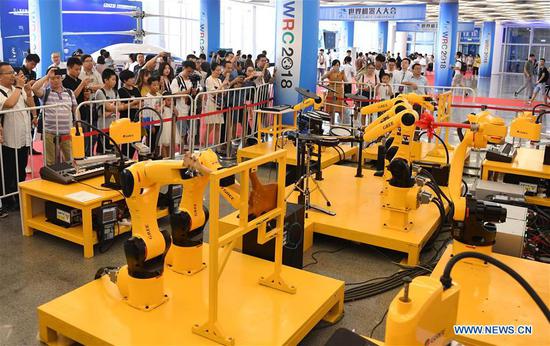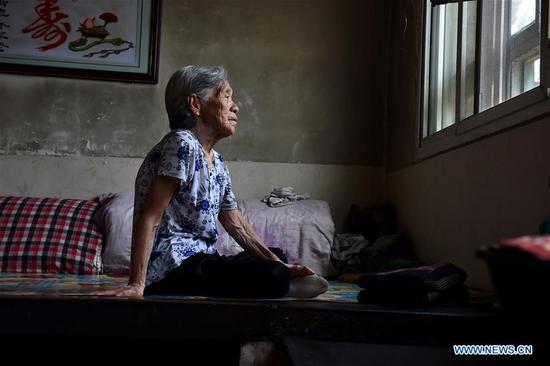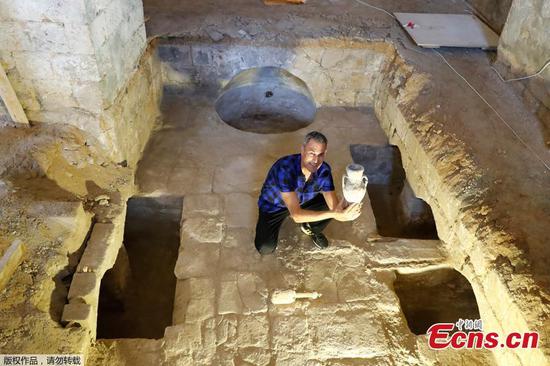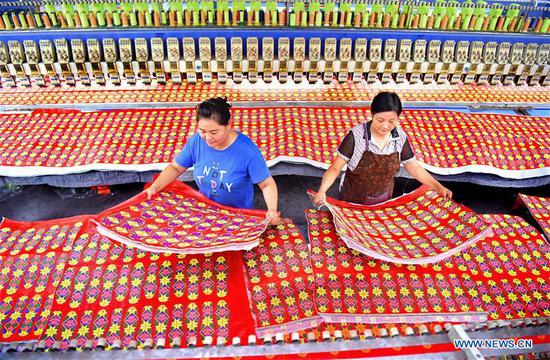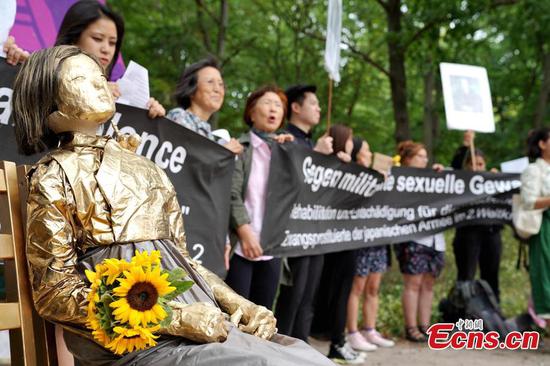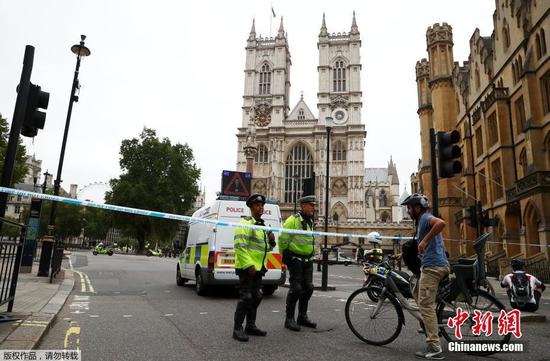APEC (Asia-Pacific Economic Cooperation) economies continue to make progress in implementing structural reforms across the region, a review released on Friday concluded.
A mid-term review was conducted by the APEC Policy Support unit to assess the structural reforms being conducted, and look for gaps which could be targets for future work.
According to the APEC economic committee, structural reform is about using policy to remove barriers that stand in the way of people and economic opportunity.
"Structural reform means promoting competition, making it easier to set up and operate a business while ensuring that people have access to necessary services," APEC Economic Committee Chair Robert Logie said.
"These reforms make markets work better, but they can also attain other broad goals."
Logie noted that while there was an overall increase in wealth in the region, wealth disparity was increasing with uneven economic growth.
The average per capita income in the region has gone up and absolute poverty levels have fallen, Logie said.
"Nevertheless, widening inequality can impede long-term growth and sustainable economic development and undermine efforts to promote international trade."
"Structural reform has the potential to give all segments of society a stake in economic growth and hence improve inclusion," he said.
According to Andre Wirjo who co-authored the review, "the assessment indicates that we should do more to deepen the participation of wider segments of society in the market."
"More could be done to remove barriers to the economic participation of women, youth, and small businesses."












